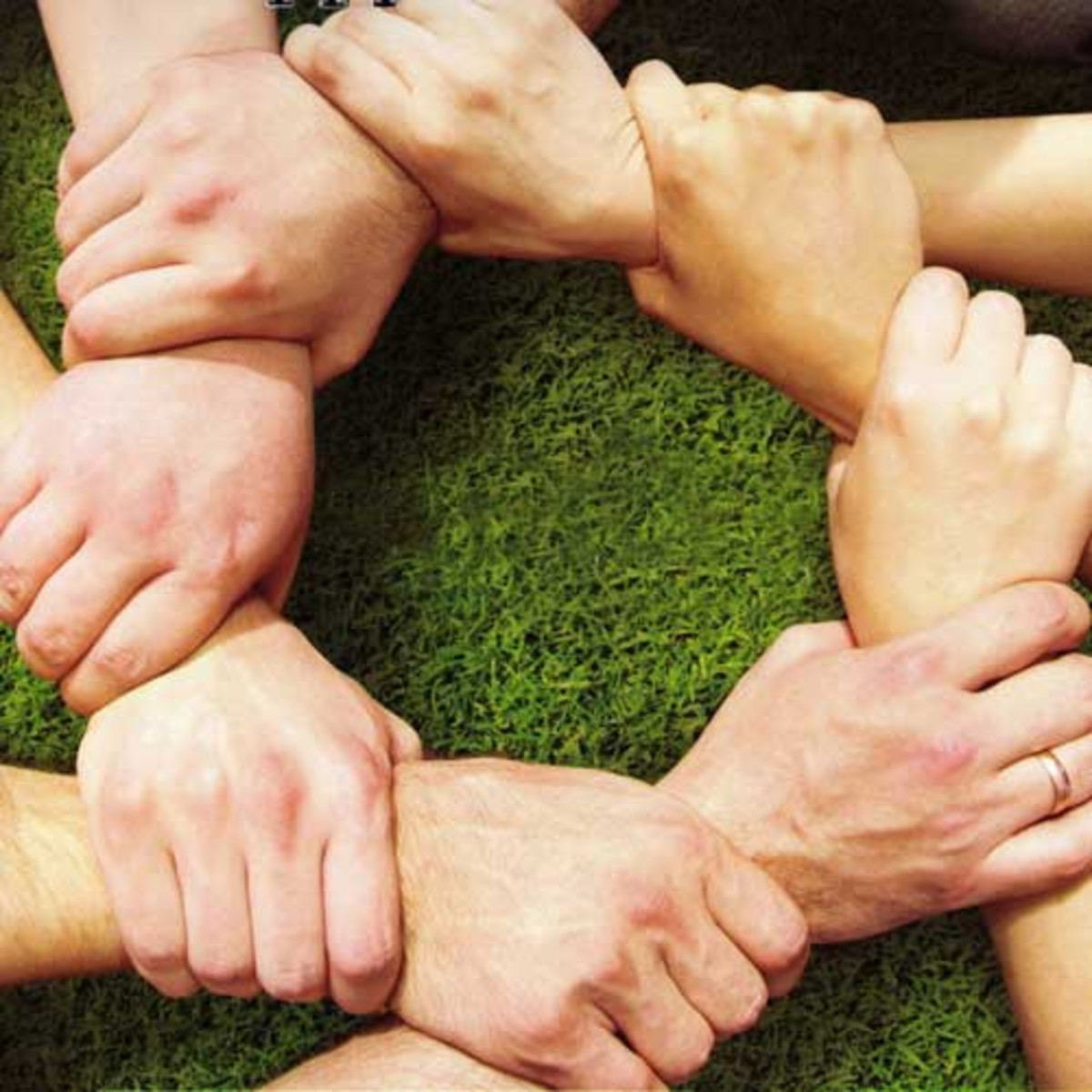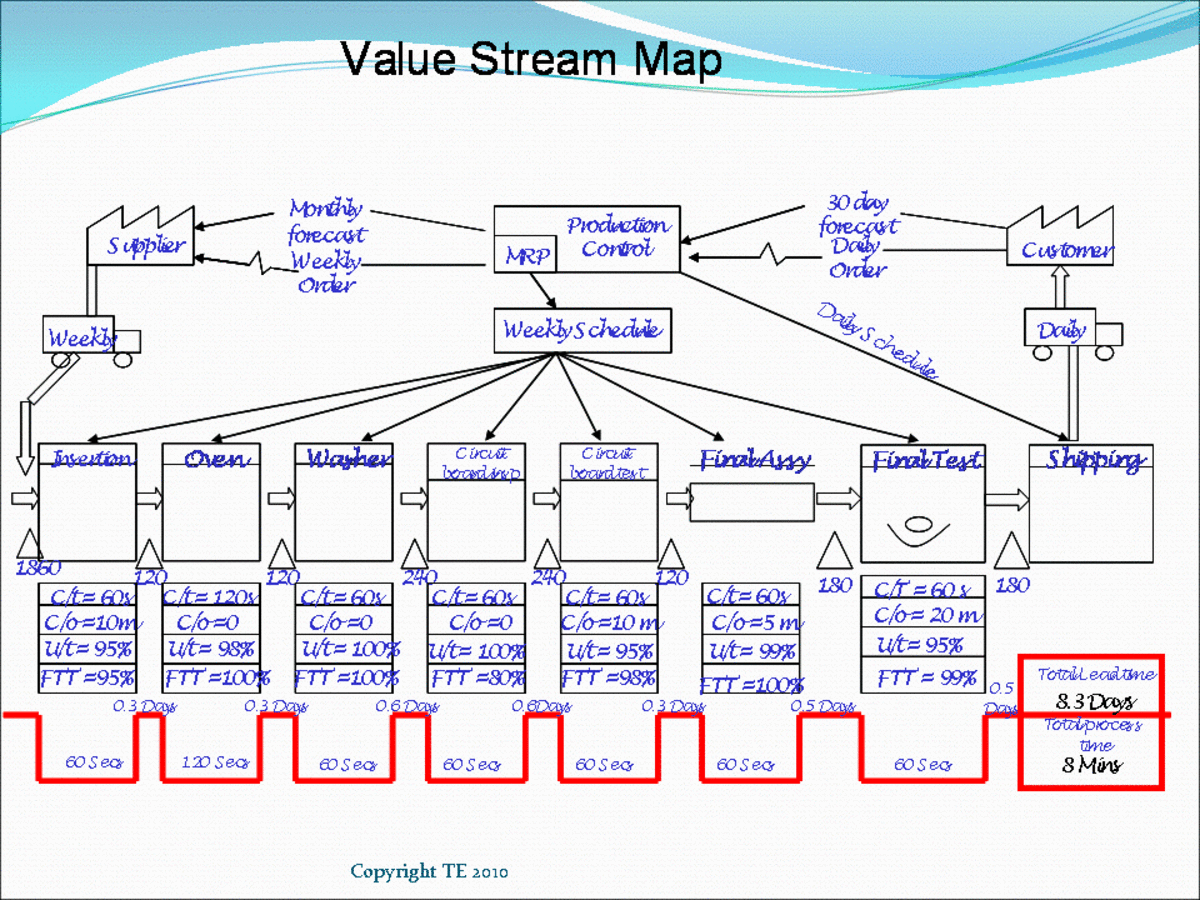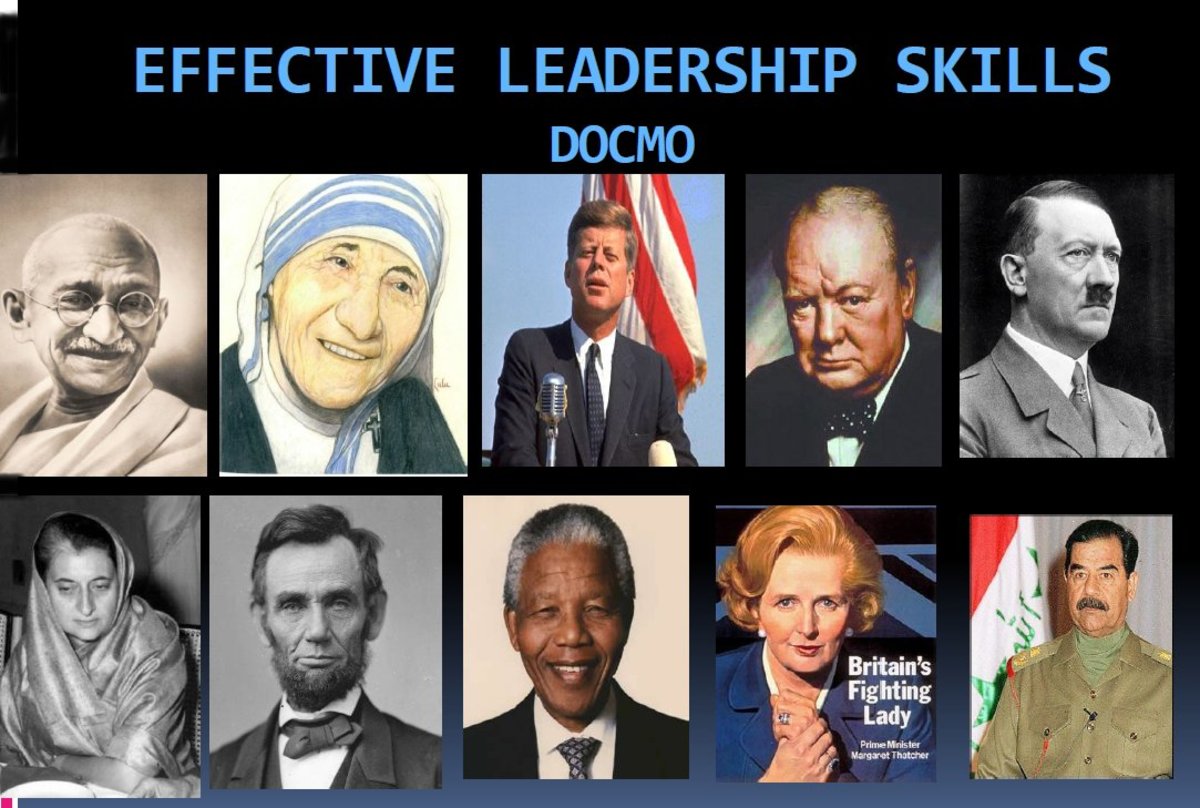Business processes versus Business functions
Currently, a revolution is taking place in the world of business. This revolution is called different things by different people. Some call it reinventing business, others call it downsizing and still others call it rightsizing. The core issue in this essential change is shift from organizing by business functions, such as operations, marketing, finance and information systems, to organizing by business process, such as strategy formulation, product development, and order fulfillment. Business processes span many functional areas.
For example:
Product development requires inputs from marketing, engineering, finance, operating and others.
Advocates of the business process approach argue that organizing by functions is inappropriate for today’s fast paced and fast changing environment. Decision is making is very slow as complicated decisions, such as product development, with through the maze of functions and fiefdoms that exist in the functional organization. As a result, companies that are organized by functions can be inefficient and slow to respond. Organizing by process tends to focus attention on activities that customer’s value and allows the organization to make decision quickly.
Customers are not concerned about discipline or function related issues, such as how accounting values inventory, weather financial manager use internal rate of return or net present value to analyze investment in facilities, or weather an operation has the lowest transportation costs. Customers are concerned about the how the out of the organization meet their needs and wants.
Factor that contribute a lot in the satisfaction of customers involve:
- Meeting specific needs
- Product variety
- Quick response
- Product performance and features
- Product quality (fitness for use)
- Price and service after the sale.
The organization should develop competitive capabilities to meet these customer requirements. The capabilities are the results of organizational processes, such as strategy development, product development and design of systems to produce required goods and services and order fulfillment. Order fulfillment ranges from order entry through production to delivery and after the sale service.
A business process is a set of work activities with preferred order, an identifiable beginnings and, inputs, and clearly defined outputs that add value to the customers. Business processes work across functions to create competitive compatibilities. People trained in the disciplines work on team to design, implement and operate processes that produce the outcomes that customer wants.
Customers don’t car weather a company is organized by functions or disciplines. They care about values.
For example:
An organization that is industry leader in sales and profit might have the highest distribution costs in the industry because it provides shortest time to from order to delivery. If that fast delivery adds value to the customers then the customers may b willing to pay more for the product and want to buy more products. A program that reduces distribution costs and increase the time from order to delivery, reduce value to the customers.







